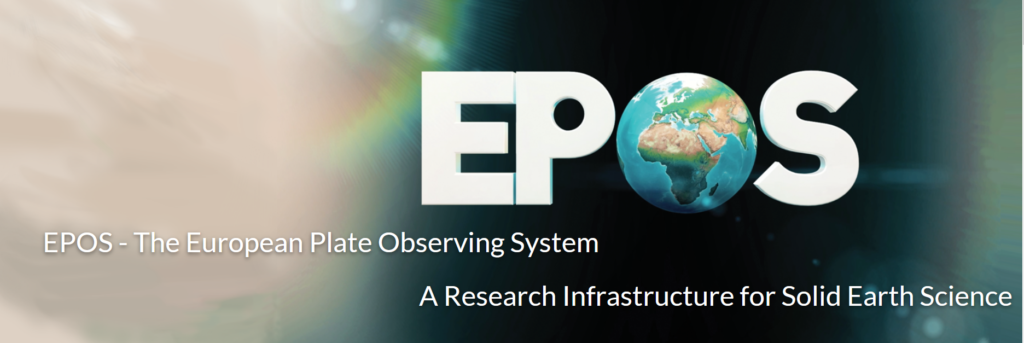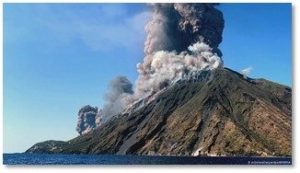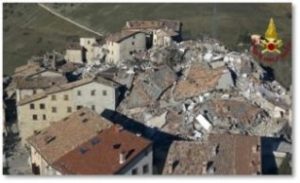The EPOS Use Case
The EPOS Use Case exploits the added value of using the DARE integrated solution over big data problems pertaining to the needs of the EPOS initiative for the solid Earth Science community. A main goal is to promote scientific advances in understanding solid Earth processes, supporting large-scale simulations, integrating data analytics and provenance services, and hiding/delegating the computational and processing details usually hindering the researchers’ work. At the same time operational applications become fundamental to support hazard assessment in solid Earth science and emergency response to natural disasters. The EPOS pilot is driven by these scientific domain requirements.
Due to the availability of ever more data and powerful synthetic simulation tools, seismologists and volcanologists are facing the challenge of how to analyse large amounts of data effectively and in a reliable and repeatable way. These needs become even more urgent after large earthquakes and volcanic eruptions, as there is the necessity to rapidly provide reliable estimates of ground shaking, seismic source behaviour or volcanic ash dispersal for emergency response purposes. Data availability is ever increasing and the computational needs of the problem can now be accommodated by HPC resources. However, the interplay between data, computation and analysis has to be newly organized in a transparent and reliable fashion to tackle these kind of problems. This is at the centre of the EPOS Use Case in DARE.
To approach the EPOS Use Case motivations, different test cases have been designed concerning applications in seismology and volcanology fields, in order to broaden the platform usage to a large audience in the EPOS framework. The test cases can be executed in the DARE platform through dedicated Jupyter Notebooks in the DARE JupyterHub.
A more detailed description of the EPOS Use Case is available in the following webpages (opens a new tab on the website):
A walk-through video of the EPOS-MT3D use case implementation on the DARE platform is available to view below.
Thanks to the exploitation of the DARE platform for the EPOS pilot, but also for more general scientific applications:
– Real test cases can be tackled such as seismic hazard simulations, source identification, or volcanic hazard and risk assessment, with a strong impact also for emergency purposes;
– Complex scientific workflows, previously unachievable, can be executed and shared among the scientific community supporting its richness and fast evolution;
– Services and infrastructures are exposed through Jupyter Notebooks and processes are delegated allowing transparent set up and execution of runs;
– Data can be rapidly and transparently analysed and transferred between co-working heterogeneous environments;
– Flexible and customisable workflow steps are realised and they are as abstract as possible to facilitate reusability across the workflows;
– Computing and storage resources can be transparently exploited by the users as many external RI services (like EIDA web services for data download);
– Lineage and metadata are automatically captured and stored, they can be fully customised and allow to easily search and reuse runs and data.
In general, exploiting the DARE platform for development and execution of scientific workflows supports the researchers’ work by hiding the complex technical details but leaving the users the flexibility to interact with the DARE components and customise the scientific procedures. The DARE platform strategy fosters searching, reusing and sharing of the results, tools and codes, and supports the researchers to produce new and better science.
- Eruption at Stromboli volcano (Italy)
- Damages caused by the seismic sequence of 2016-2017 in Central Italy
ll
The seismic and tsunami monitoring center at INGV in Rome (Italy) operating 24/7.



